Streaming algorithms serve the same tired sci-fi blockbusters while genuine cinematic treasures gather digital dust. These 30 mind-bending films deliver psychological complexity without mainstream marketing budgets. Each one transforms familiar storytelling into something unexpected, like discovering a hidden speakeasy where the cocktails actually live up to their reputation. Your queue deserves better than algorithm-approved mediocrity.
30. The Cell (2000)
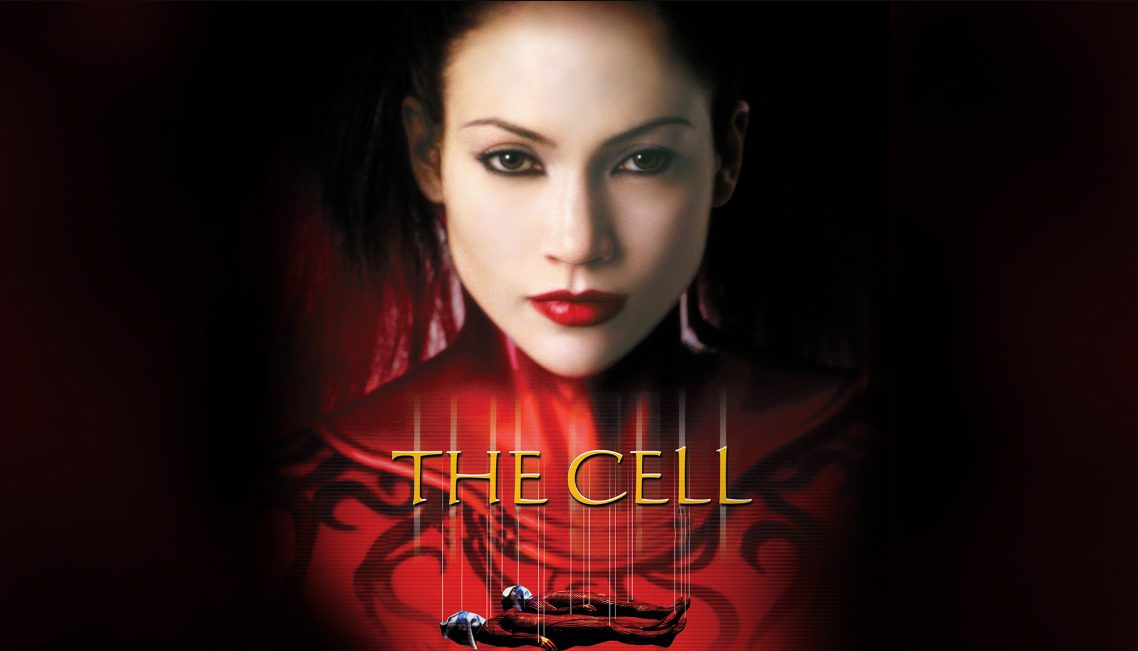
In The Cell, Jennifer Lopez enters a comatose serial killer’s mind using experimental technology to find his final victim. Director Tarsem Singh’s music video background shows in surreal dreamscapes that blend horror, fantasy, and religious imagery.
The killer’s mental landscape—inspired by artists like Damien Hirst and H.R. Giger—creates striking representations of fractured psyche. Singh transforms psychological thriller into visual art installation where every image serves symbolic purpose.
29. Mandy (2018)
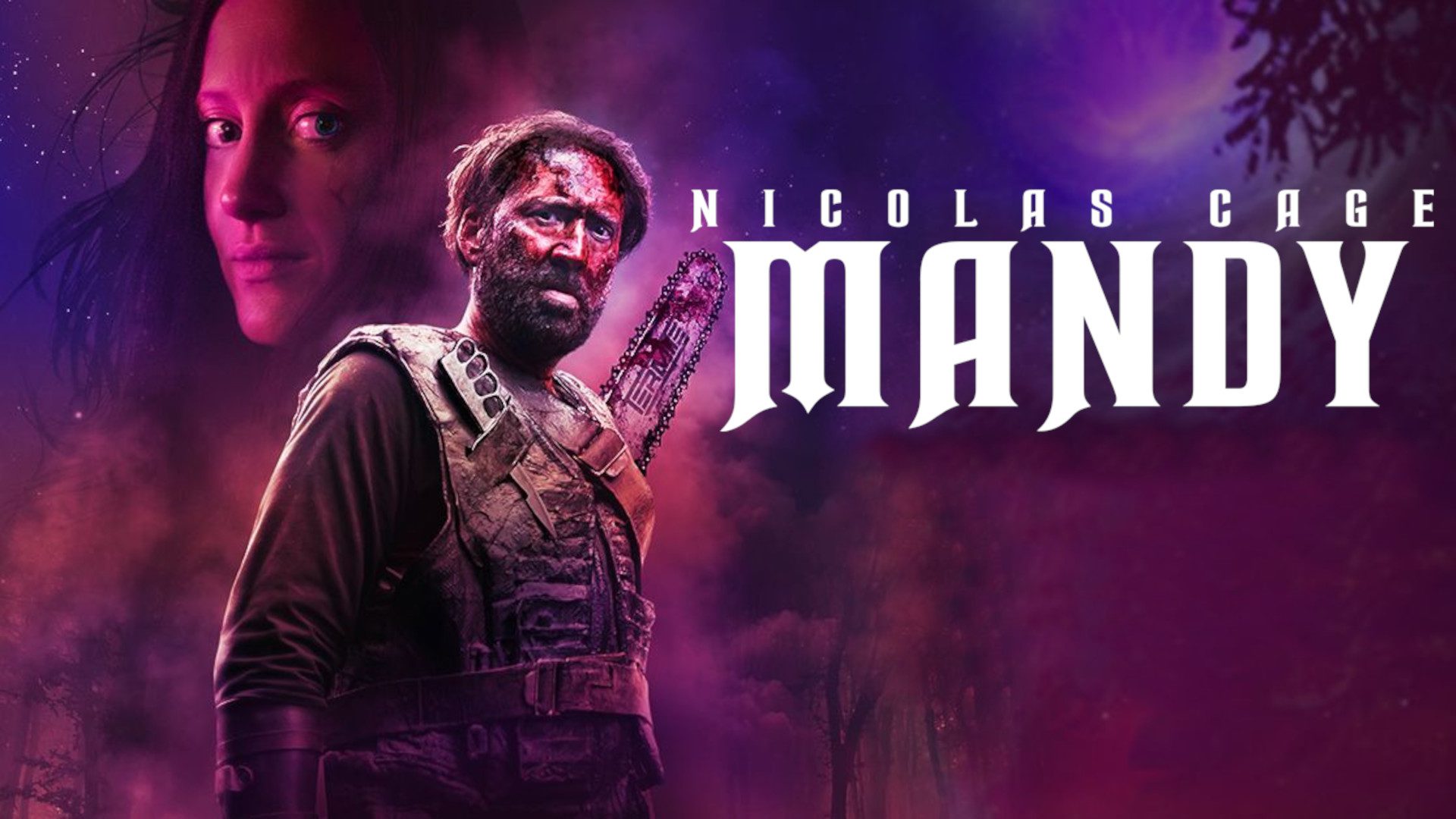
Nicolas Cage’s lumberjack seeks revenge against a religious cult and demonic bikers after they murder his girlfriend. Director Panos Cosmatos bathes every frame in red-tinged dreamlike visuals while Jóhann Jóhannsson’s final score creates immersive nightmare.
The film transforms grief into hallucinatory quest including chainsaw duels, LSD-laced wasps, and peak Cage performance. Cosmatos creates revenge thriller that operates according to fever dream logic rather than realistic violence.
28. Resolution (2012)
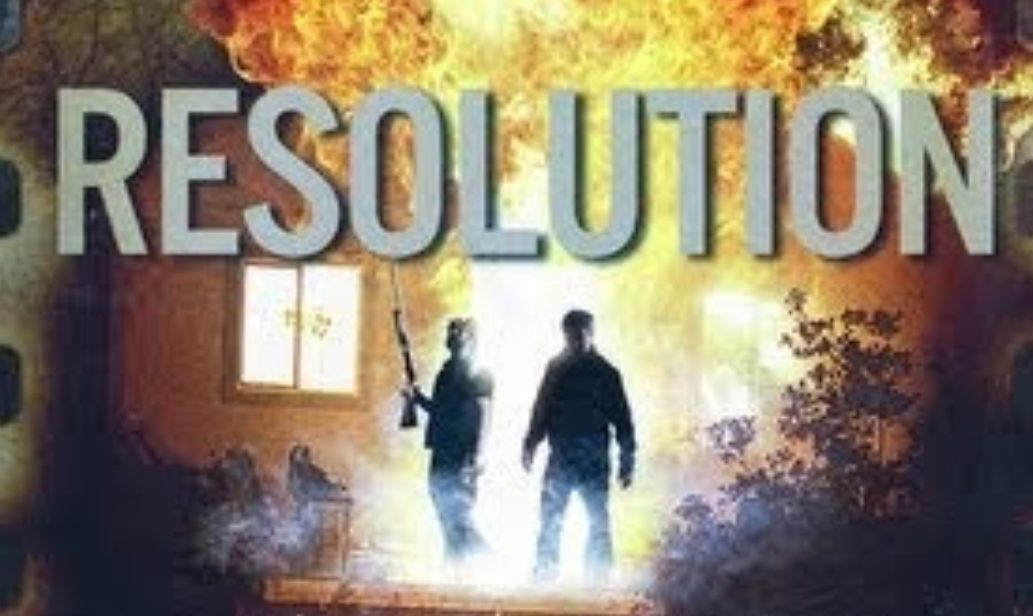
Michael chains his drug-addicted friend Chris to a cabin wall, forcing sobriety through extreme intervention. Directors Benson and Moorhead use meta-storytelling techniques that break conventional narrative rules. Something in the surrounding woods manipulates reality according to unknown principles.
The film examines storytelling itself, questioning who controls narrative direction. Characters become aware they’re being observed, creating tension between free will and predetermined plot. Resolution connects to The Endless, establishing cosmic horror universe where stories have dangerous power.
27. Videodrome (1983)
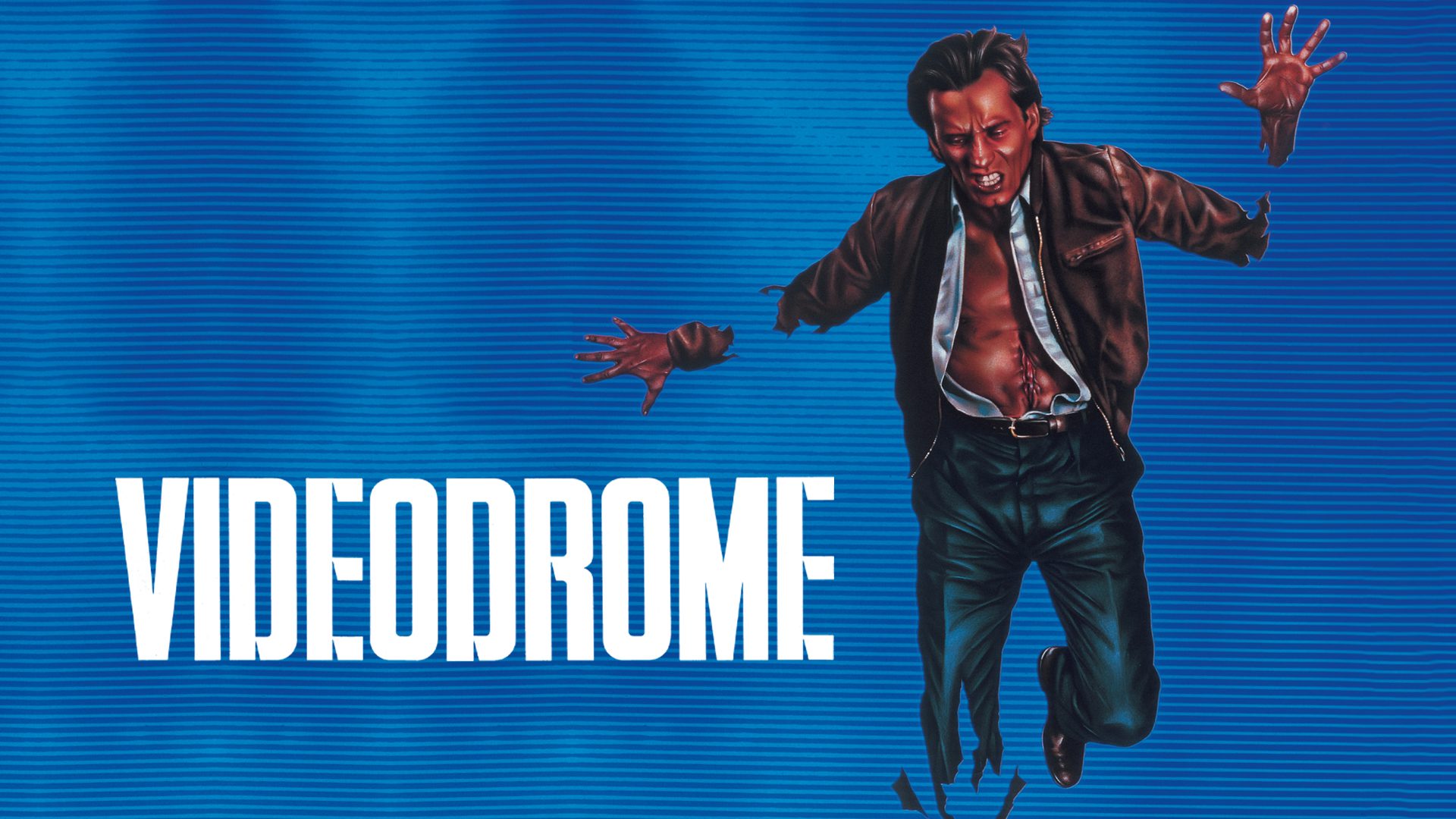
James Woods discovers a broadcast signal that causes hallucinations and physical transformation. David Cronenberg’s media prophecy feels more relevant now than during its 1980s release. Television literally transforms human flesh, predicting our current smartphone-merged existence.
The film anticipates social media’s psychological effects decades before Facebook existed. Woods’ character becomes living metaphor for media consumption’s transformative power. Cronenberg’s practical effects create visceral representations of technology’s impact on human consciousness.
26. Triangle (2009)
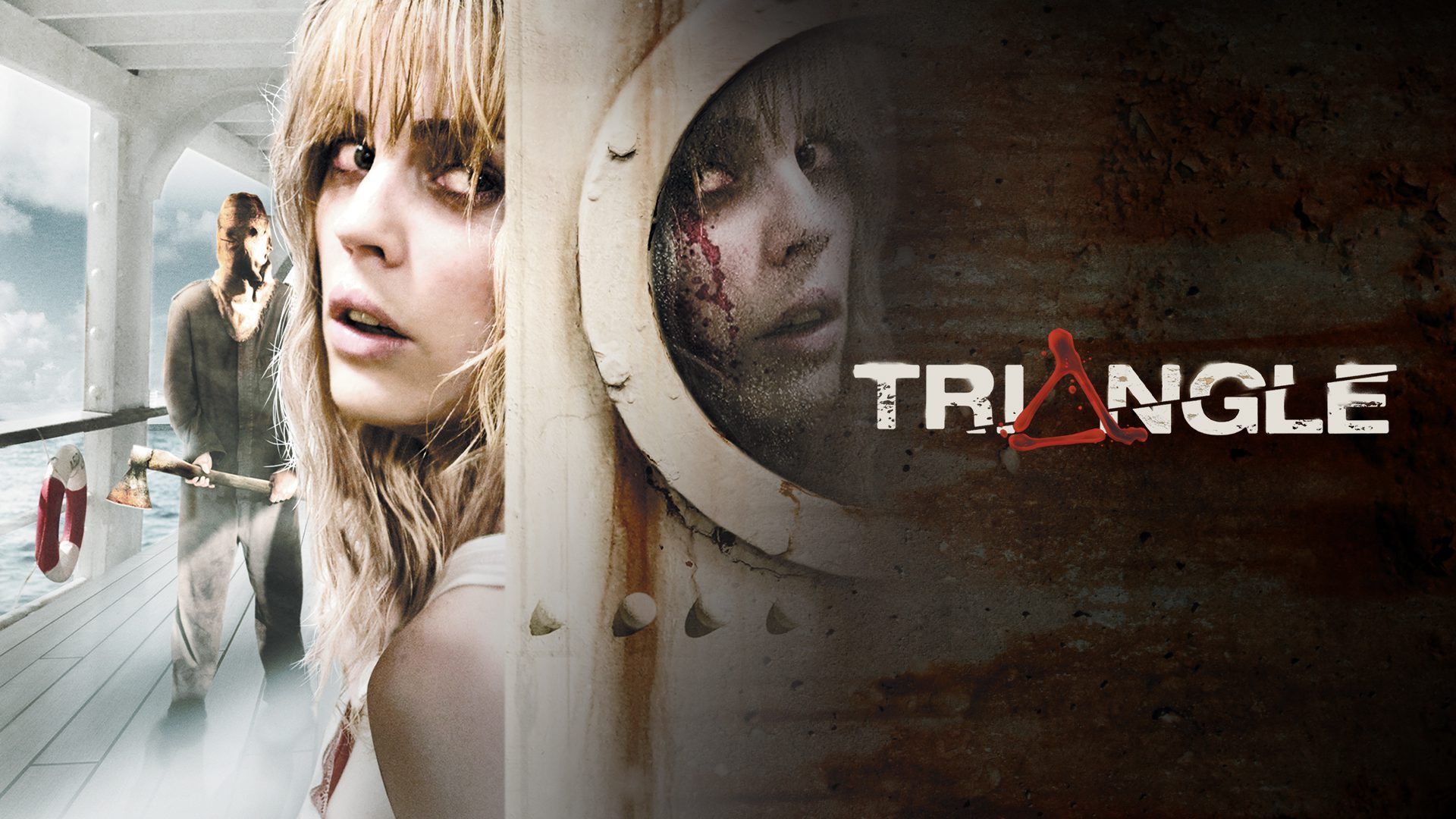
Jess and friends encounter an abandoned ocean liner during a yacht trip gone wrong. Director Christopher Smith creates a psychological horror loop that makes Bermuda Triangle myths seem quaint. What follows challenges basic assumptions about identity and reality.
The film rewards multiple viewings as new details emerge during each cycle. Jess experiences personal hell disguised as supernatural thriller, trapped in patterns that mirror real trauma. Smith’s puzzle box construction reveals fresh layers of meaning with every rewatch.
25. Heavy Metal (1981)

This adult animated anthology follows the Loc-Nar, a glowing green orb of pure evil, through various sci-fi and fantasy scenarios. The film combines sex, violence, and rock music in ways that perfectly captured the spirit of the magazine it adapts.
Rotoscoped animation and practical effects create unique visual style that influenced everything from Blade Runner to modern adult animation. The stellar soundtrack features Black Sabbath, Blue Öyster Cult, and Devo.
24. Upstream Color (2013)
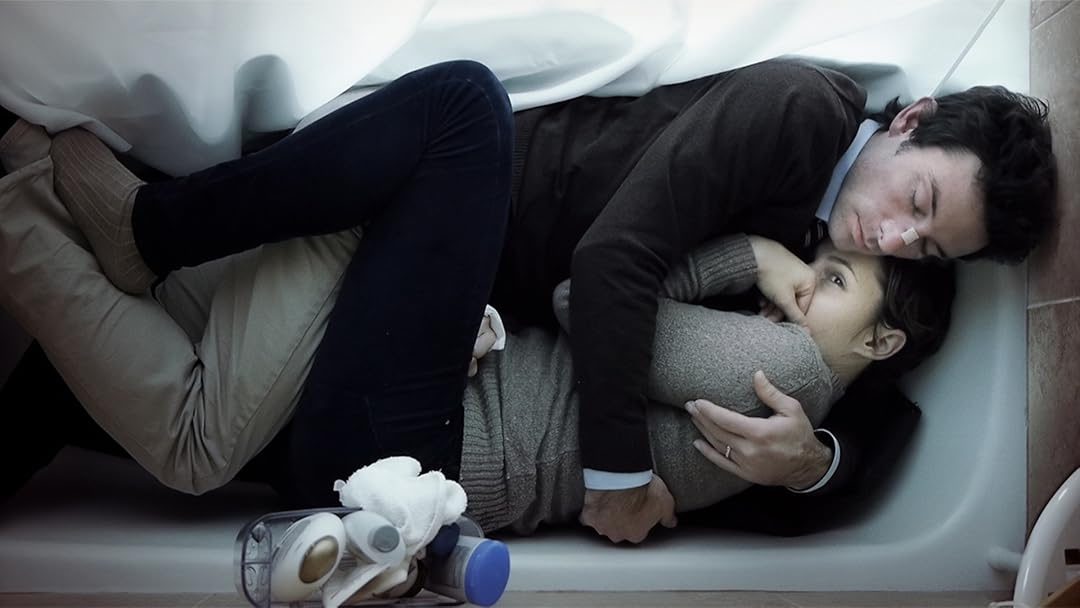
Shane Carruth’s follow-up to Primer explores identity theft through biological means. A woman is drugged with parasites harvested from special orchids, creating psychic connections between host and pig. The narrative unfolds through association rather than linear explanation.
Carruth prioritizes emotional truth over plot clarity. Like Terrence Malick directing body horror, every frame serves mood and theme rather than exposition. The film demands active participation, rewarding viewers who embrace its unconventional rhythms.
23. Sunshine (2007)
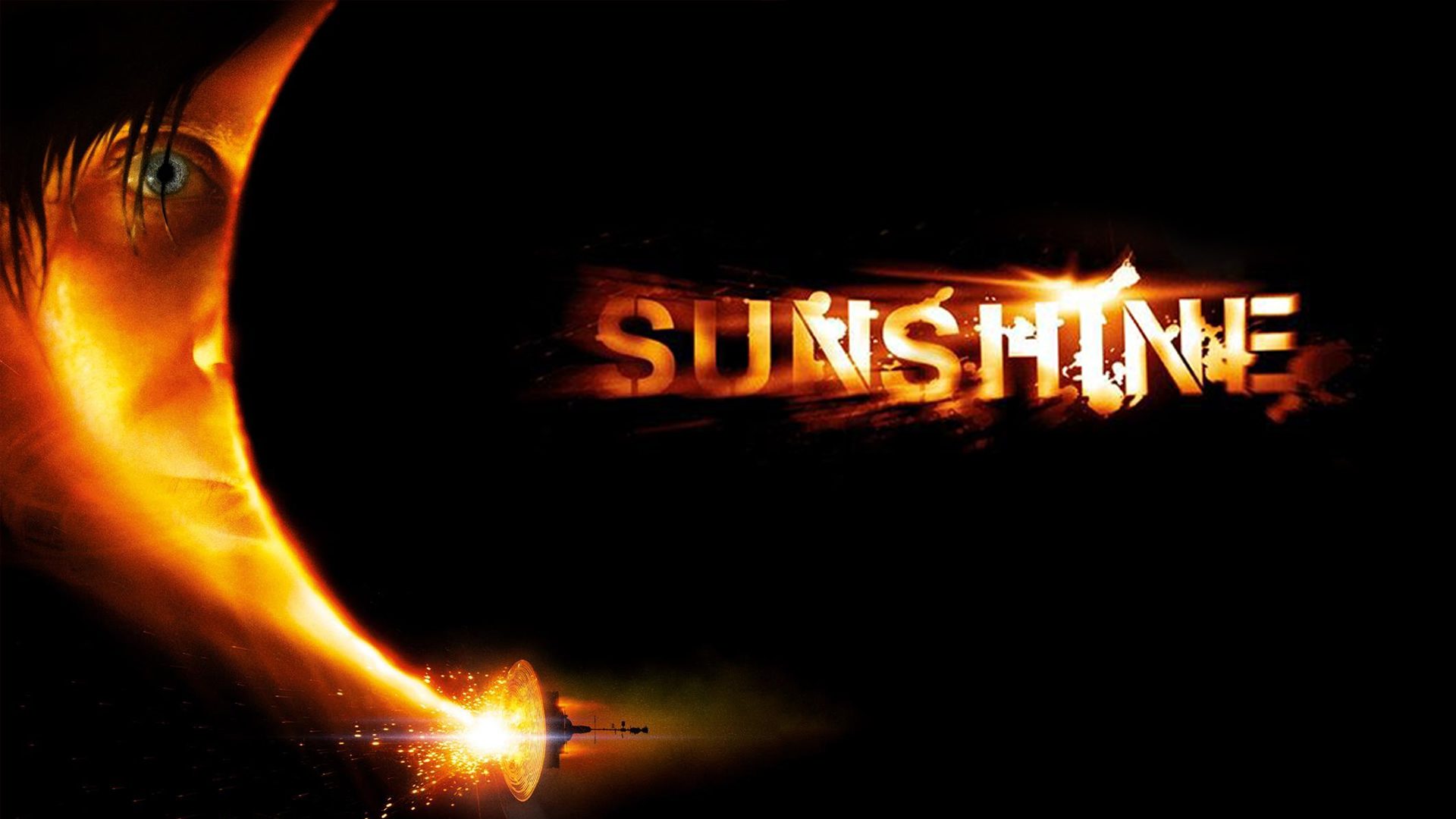
Danny Boyle and Alex Garland follow a crew on humanity’s last attempt to reignite our dying sun. The first two-thirds present thoughtful sci-fi thriller before veering into slasher territory. This tonal shift divided audiences but perfectly embodies the film’s central theme.
Cillian Murphy leads an excellent cast through what becomes religious journey disguised as hard sci-fi. Sunshine examines humanity’s dual capacity for self-sacrifice and self-destruction. Boyle’s direction finds spiritual meaning in scientific mission.
22. Coherence (2013)
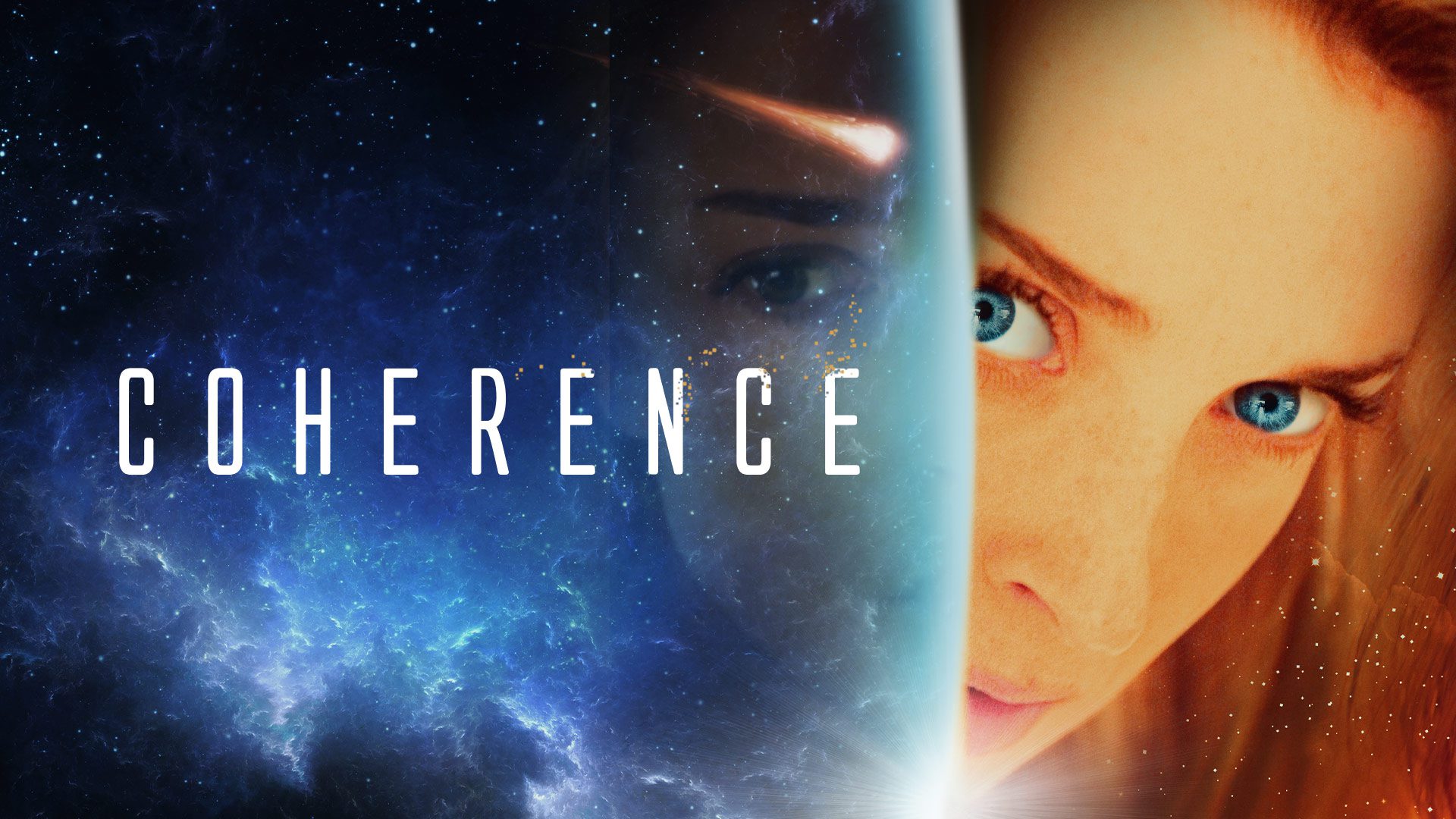
Eight friends gather for dinner during a comet passing, only to watch reality fracture into competing timelines. Director James Ward Byrkit crafted this micro-budget masterpiece using structured improvisation rather than traditional scripts. Actors received daily character notes while discovering plot developments organically.
The result mirrors your own confusion as parallel universes bleed together. What begins as suburban dinner conversation becomes an existential nightmare where every choice creates new realities. Each viewing reveals fresh details you missed while wrestling with the central question: which version of yourself would you choose?
21. Beyond the Black Rainbow (2010)
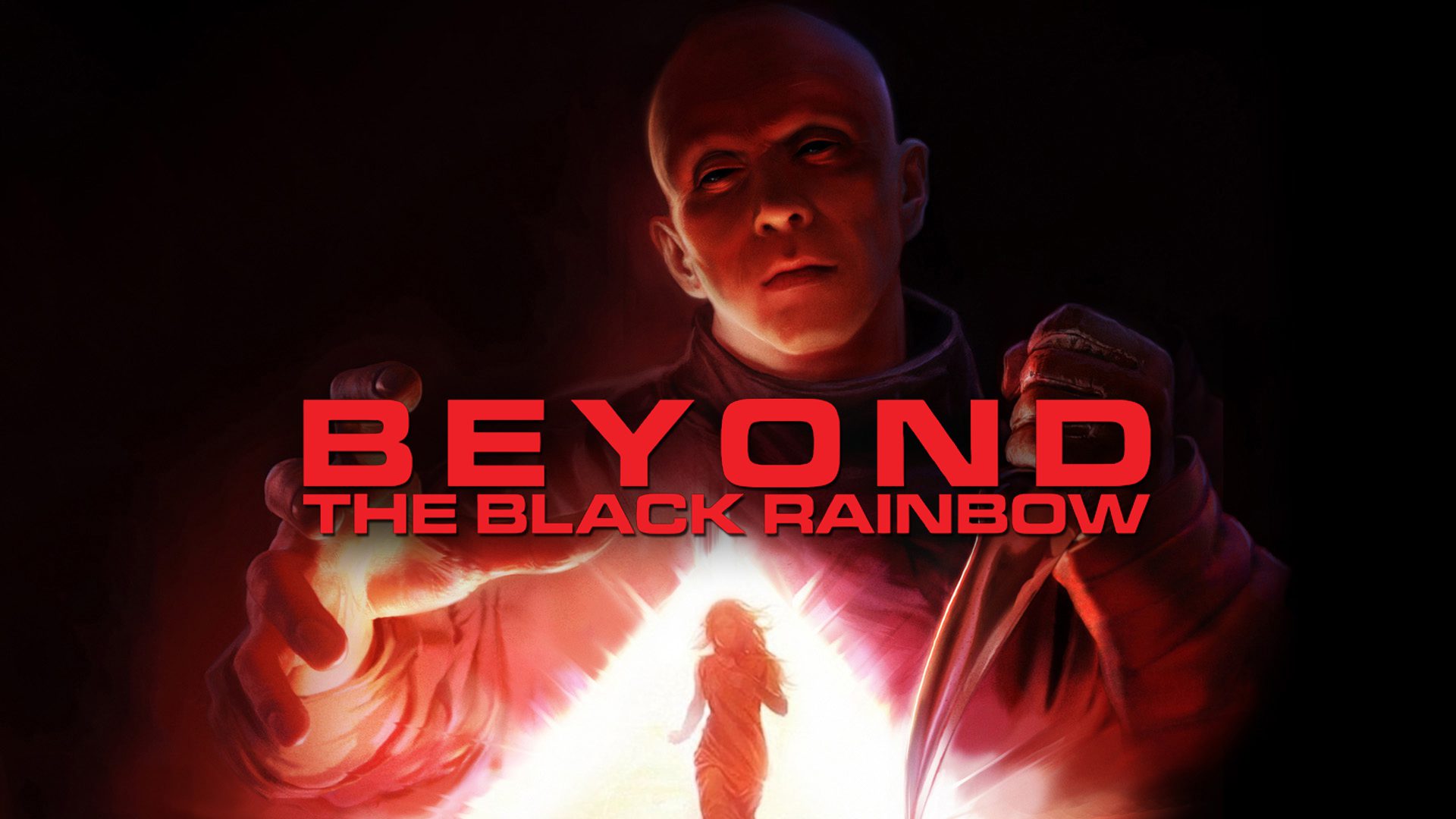
A young woman with psychic abilities remains captive in a retro-futuristic institute run by a sinister doctor. Director Panos Cosmatos creates analog-synth-drenched nightmare that prioritizes atmosphere over explanation. Plot becomes secondary to immersive audiovisual experience.
Set in an alternate 1983, the film channels 1970s and 1980s sci-fi aesthetics through modern sensibilities. Every image feels like stumbling into someone else’s fever dream. Cosmatos builds tension through mood rather than conventional horror mechanics.
20. Stalker (1979)
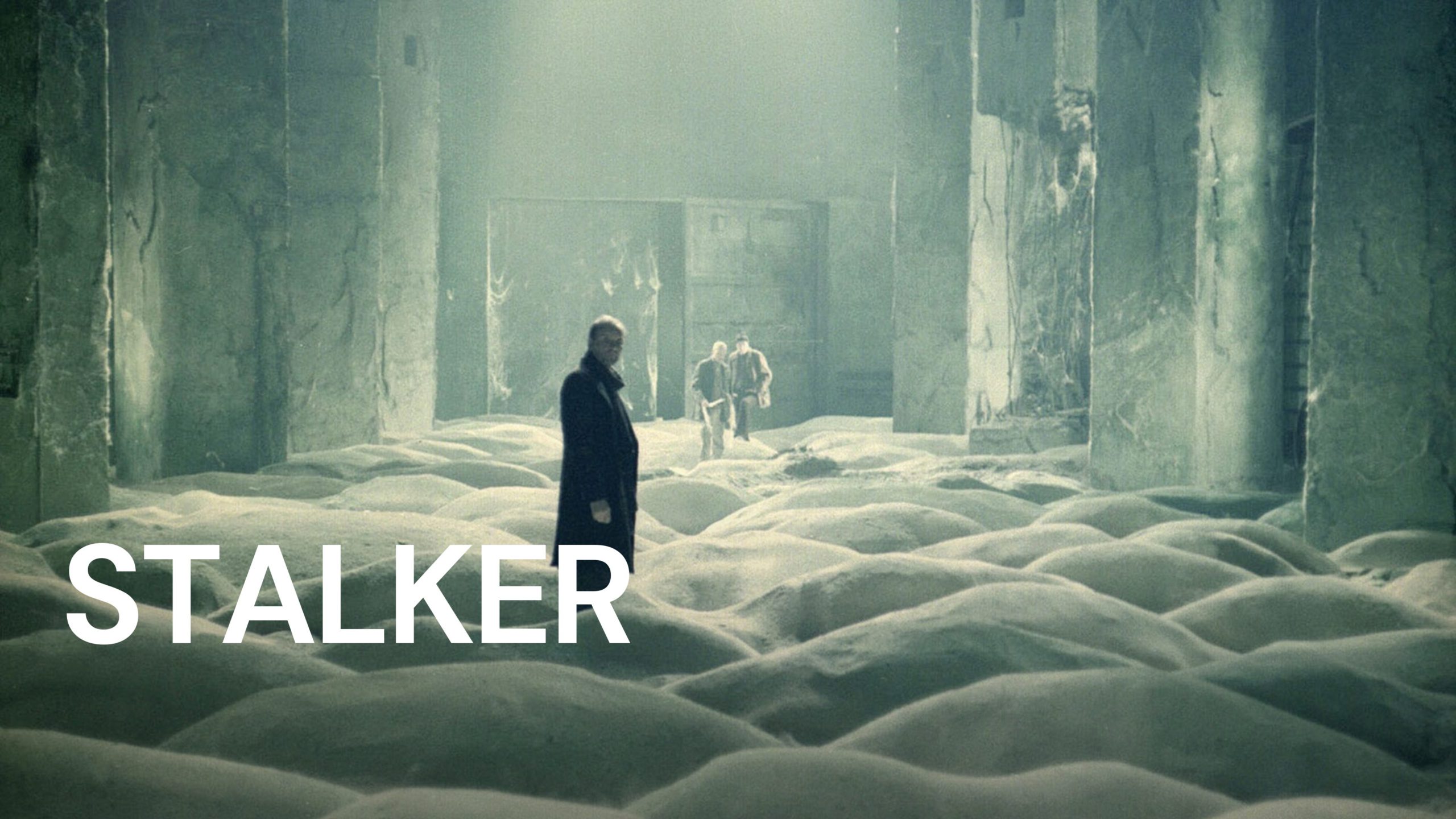
A guide leads two men—a writer and professor—through a restricted area called “The Zone” to find a room that grants wishes. Andrei Tarkovsky’s sci-fi masterpiece uses long, meditative takes to create philosophical journey rather than conventional narrative.
Shot in abandoned industrial locations, the film’s decaying landscapes create post-apocalyptic atmosphere without special effects. Tarkovsky’s exploration of faith, desire, and human nature rewards patient viewers with one of cinema’s most profound experiences.
19. A Field in England (2013)
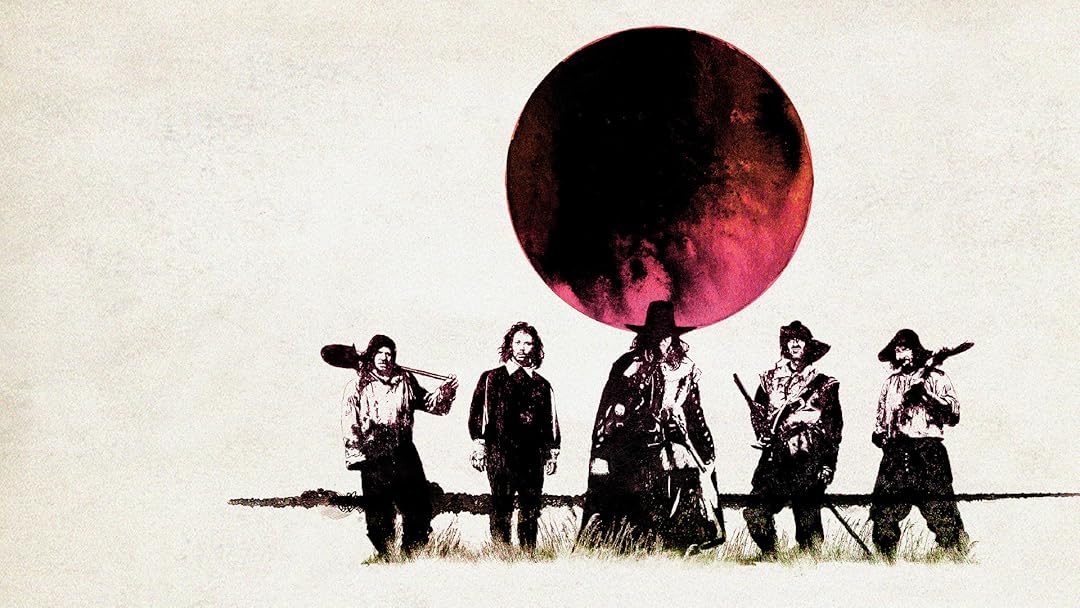
English Civil War deserters encounter an alchemist seeking treasure in a field of mushrooms. Director Ben Wheatley’s black-and-white psychedelic period piece defies easy categorization. Characters consume hallucinogenic fungi as reality unravels around them.
The film operates according to dream logic rather than historical accuracy. Wheatley blends pastoral imagery with supernatural horror, creating something uniquely unsettling. Each sequence builds toward revelations that might be visions or madness.
18. Fantastic Planet (1973)
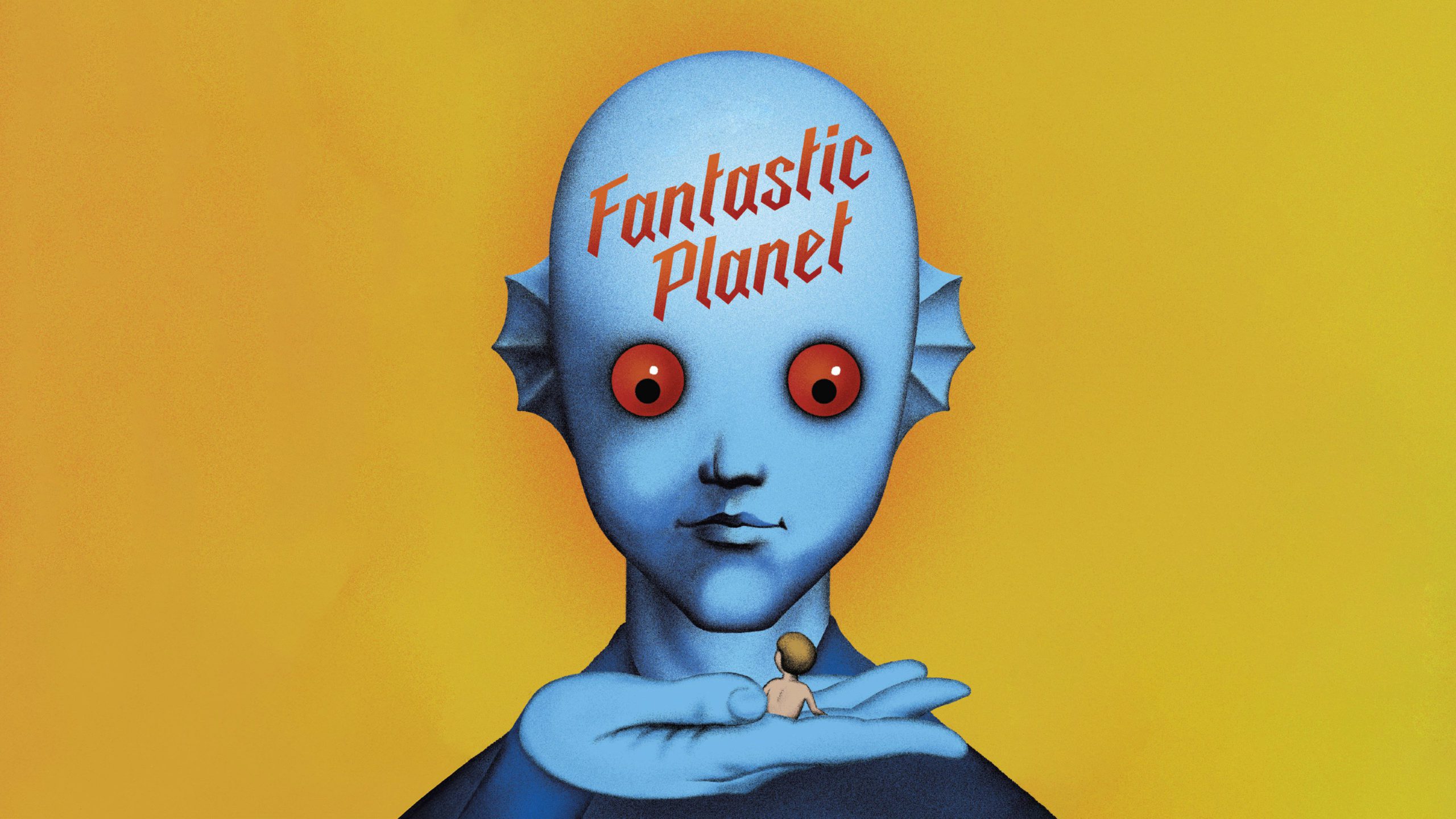
Giant blue humanoids keep humans as pets or pests on a distant planet in this French-Czech animated allegory. Director René Laloux’s paper cutout animation style creates alien world unlike anything else in cinema.
The film explores oppression, resistance, and coexistence through surreal visuals and jazz-prog soundtrack. Laloux establishes hypnotic atmosphere that modern animation rarely attempts. Each sequence builds allegorical meaning through abstract imagery.
17. Color Out of Space (2019)

Nicolas Cage battles an alien color that infects his family farm after a meteorite crash. Director Richard Stanley adapts H.P. Lovecraft’s story about incomprehensible cosmic forces. The color—represented by otherworldly magenta—gradually transforms everything it touches.
Stanley returned from 20-year Hollywood exile to deliver this psychedelic nightmare. The film captures Lovecraft’s concept of beauty and horror combined in impossible forms. Cage’s performance escalates alongside his family’s transformation into something beyond human understanding.
16. The Fountain (2006)
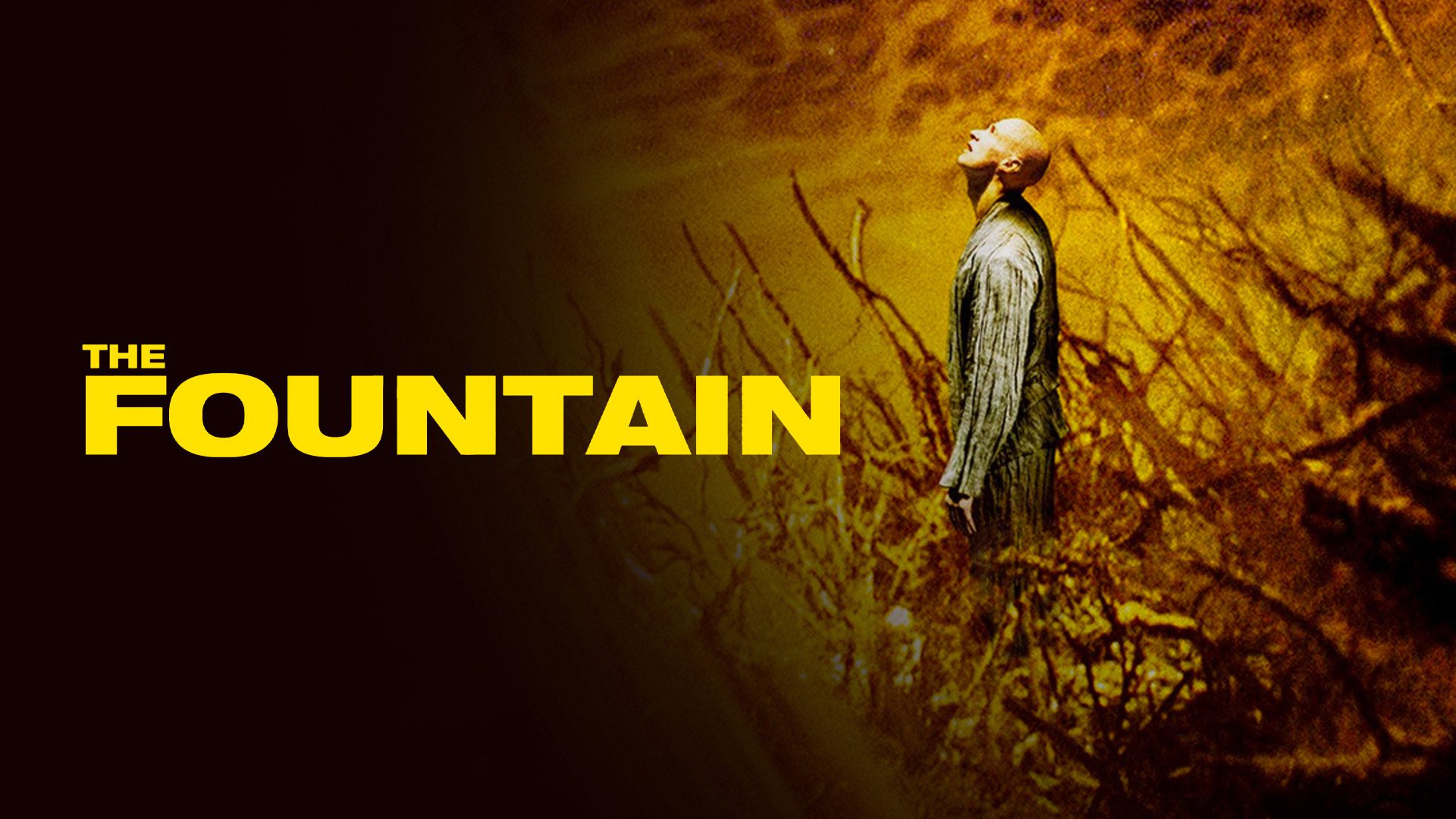
Darren Aronofsky’s ambitious meditation interweaves three timelines: a conquistador seeking the Tree of Life, a modern scientist treating his wife’s cancer, and a space traveler with a dying tree. Hugh Jackman and Rachel Weisz anchor this exploration of mortality.
Practical effects replace CGI for cosmic sequences, creating tactile representations of transcendence. The film divides audiences between those who find profound meaning and others who see pretentious overreach. Either way, Aronofsky’s visual imagination commands attention.
15. Paprika (2006)
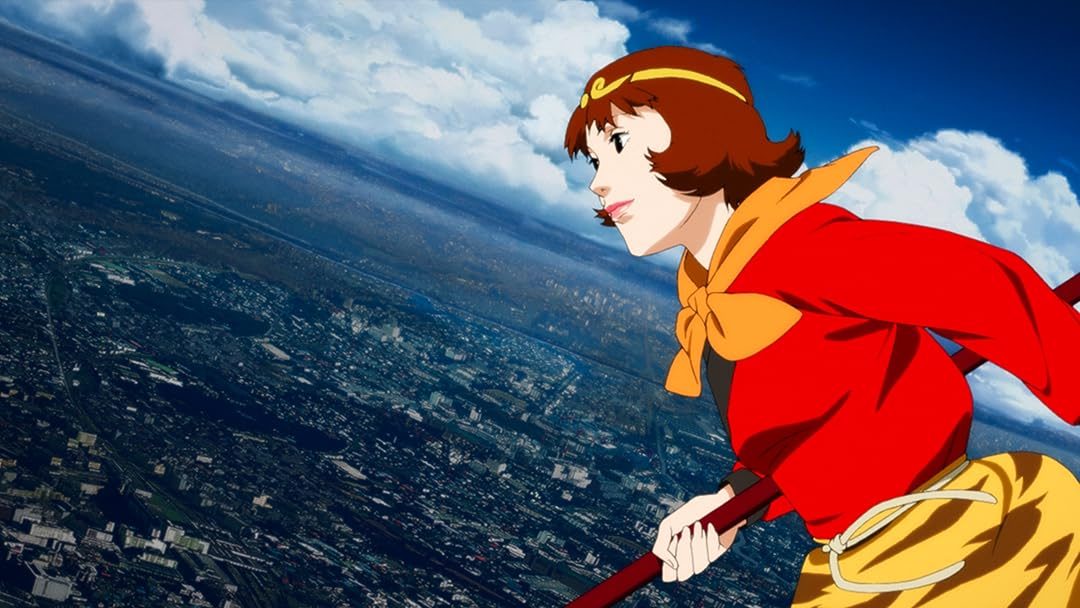
Therapists use a device to enter patients’ dreams, but when it’s stolen, reality and dreams begin merging. Satoshi Kon’s anime masterpiece explored dream invasion years before Inception, with far more surreal imagery and psychological depth.
The parade sequence—where fictional characters march through reality—remains one of animation’s most disturbing representations of collapsing boundaries. Kon creates nightmare logic where imagination becomes literally dangerous.
14. Event Horizon (1997)
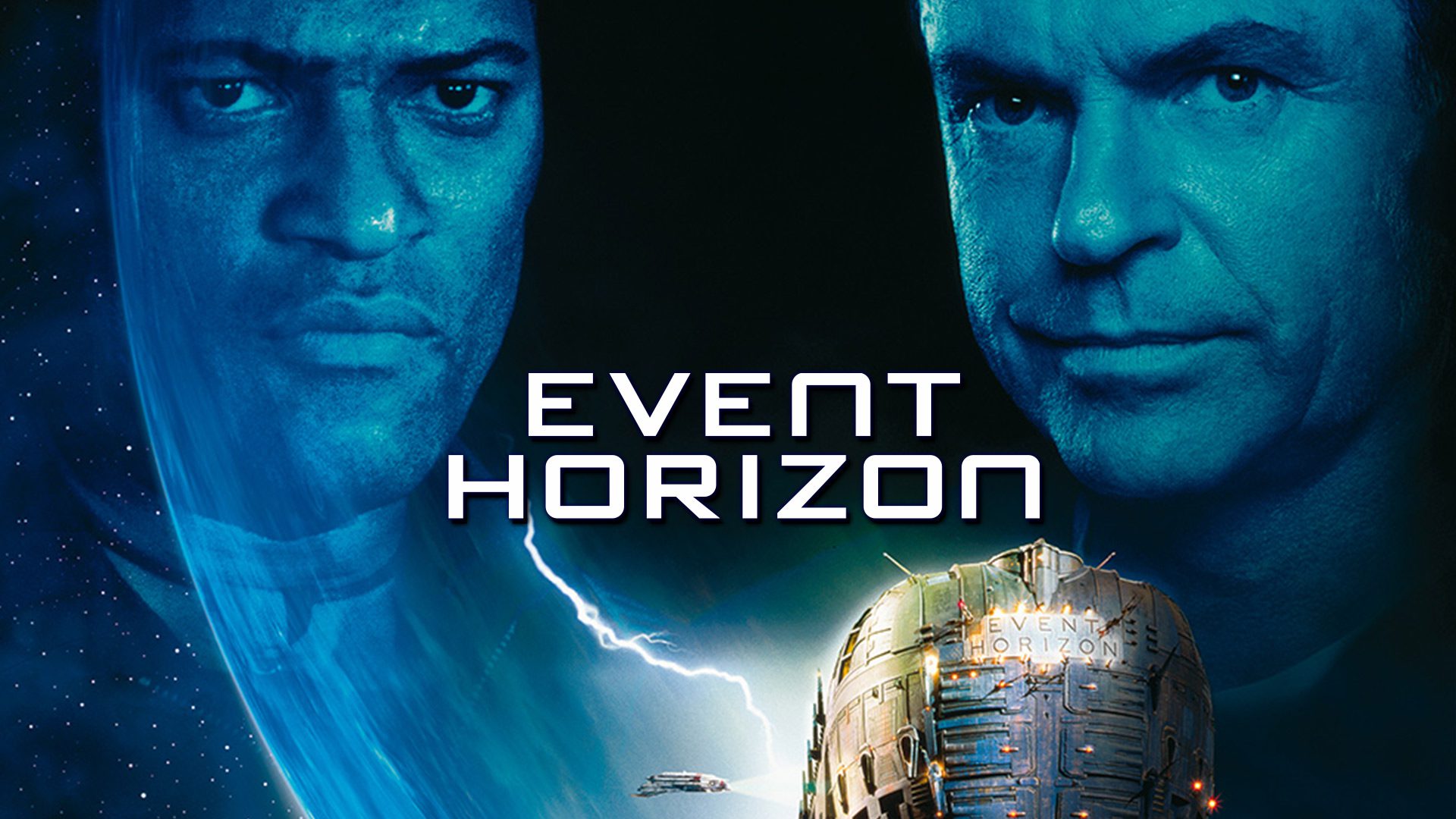
A rescue crew investigates a missing spaceship that literally went to hell and back. Paul W.S. Anderson’s cult classic suffered studio interference that cut disturbing footage, yet still delivers cosmic horror that would disturb Lovecraft himself.
Sam Neill’s descent into madness provides genuinely unsettling imagery. The film suggests that some destinations are too terrible for human comprehension. Anderson creates space-based haunted house where the ghosts are interdimensional entities.
13. Possessor (2020)

Brandon Cronenberg proves body horror genetics run in families. An assassin hijacks other people’s bodies through brain implants, carrying out hits while hiding her identity. When one host fights back, boundaries between self and other blur violently.
The film explores autonomy in digital age, questioning where personality ends and technology begins. Cronenberg’s unflinching violence serves thematic purpose rather than shock value. Each transformation sequence challenges comfortable notions about consciousness and control.
12. Aniara (2018)
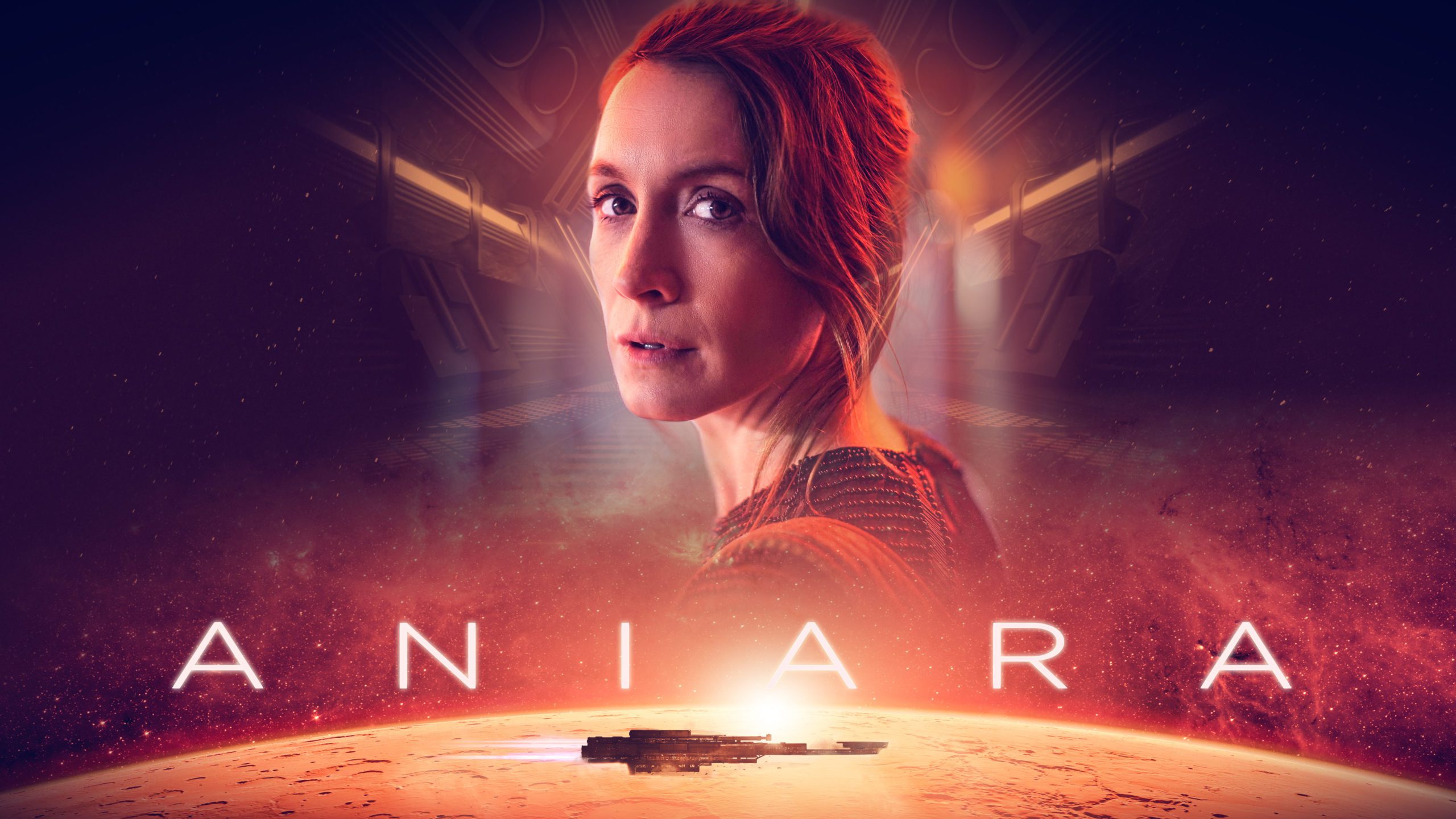
A transport ship bound for Mars gets knocked off course, leaving passengers drifting endlessly through space. This Swedish existential nightmare chronicles societal breakdown when faced with cosmic insignificance. Based on Harry Martinson’s 1956 epic poem, the adaptation examines human coping mechanisms.
Passengers turn to hedonism, cult-like spirituality, and virtual reality escapism. The film presents unflinching look at how people respond to hopelessness. Each sequence builds toward inevitable conclusion that comfort and meaning are temporary luxuries.
11. The Signal (2014)
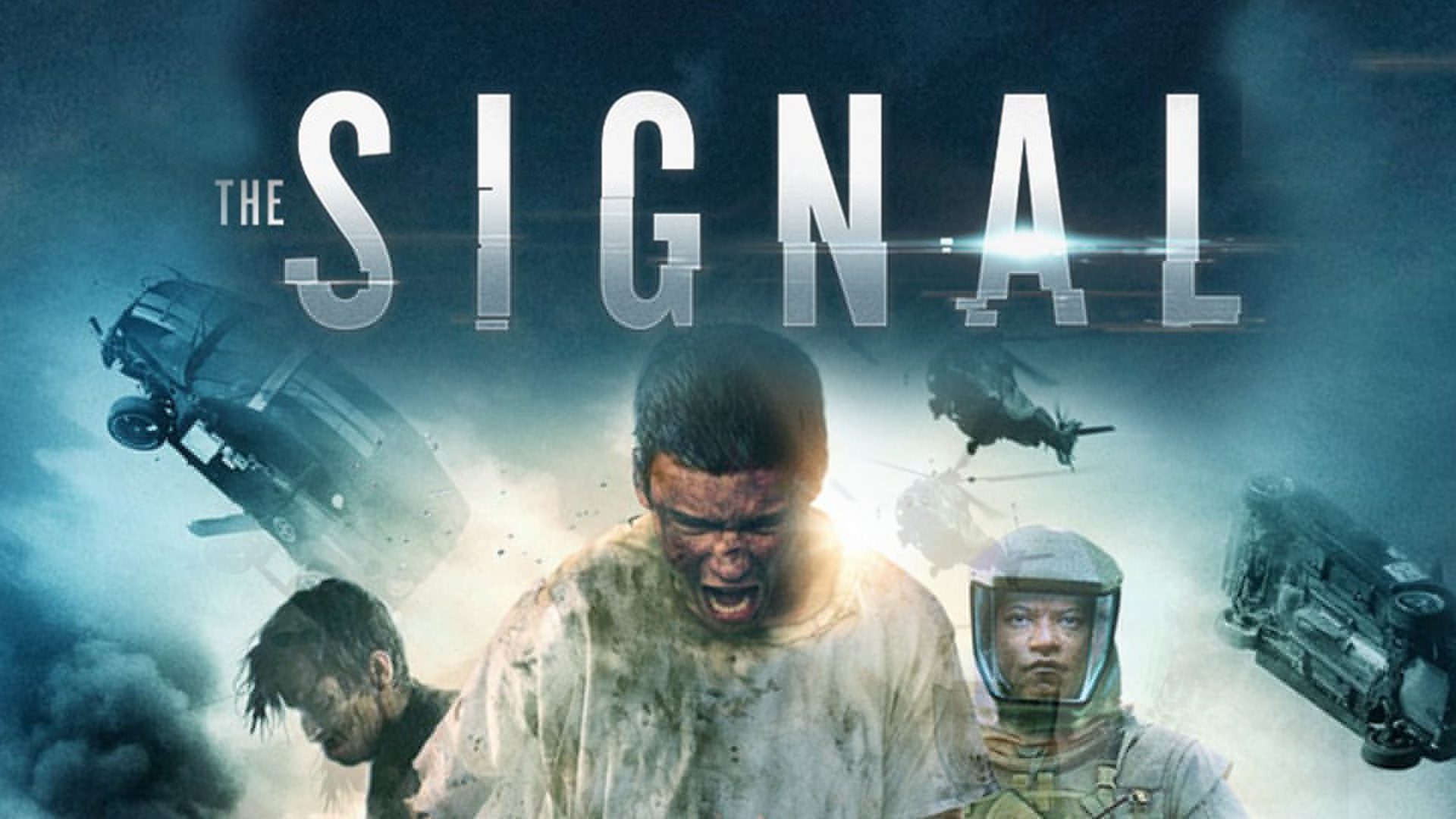
Three college students follow a hacker’s signal to an isolated area, encountering forces beyond their understanding. What begins as found-footage thriller morphs into sci-fi body horror before becoming something else entirely. Laurence Fishburne’s mysterious hazmat-suited character guides increasingly surreal scenarios.
The film shifts genres without warning, keeping viewers off-balance throughout. Each revelation recontextualizes previous events, building toward a conclusion that transforms everything. Director William Eubank maintains tight control over escalating weirdness.
10. Predestination (2014)

Ethan Hawke plays a temporal agent hunting a terrorist across multiple timelines in this adaptation of Robert Heinlein’s story. The less you know beforehand, the more satisfying the revelation becomes. What starts as straightforward time-travel thriller transforms into something far more intricate.
Every plot element serves the final twist, which recontextualizes everything you’ve witnessed. The film constructs one of cinema’s most elegant paradox narratives, where cause and effect become meaningless concepts. Hawke’s performance anchors increasingly surreal developments with emotional authenticity.
9. Cube (1997)
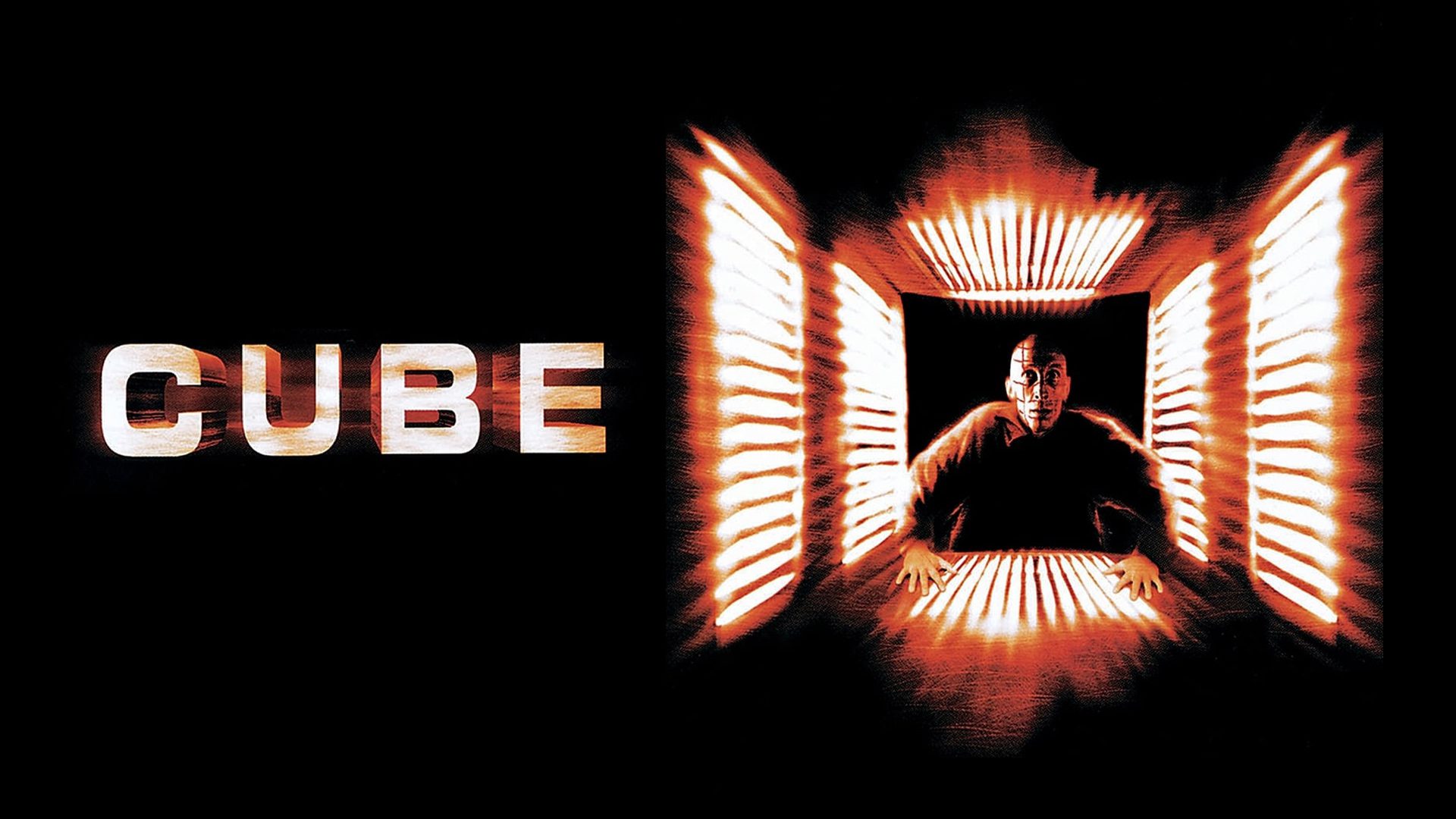
Six strangers wake inside a maze of cubic rooms, some containing deadly traps. Director Vincenzo Natali built just one room, changing colored panels to create the illusion of vast structure. With a $350,000 budget, practical ingenuity replaced expensive effects.
Mathematical principles govern the maze’s logic, turning survival into equation-solving exercise. Characters must decode patterns while avoiding lethal mechanisms. The film becomes meditation on systems thinking and human cooperation under extreme pressure.
8. Timecrimes (2007)
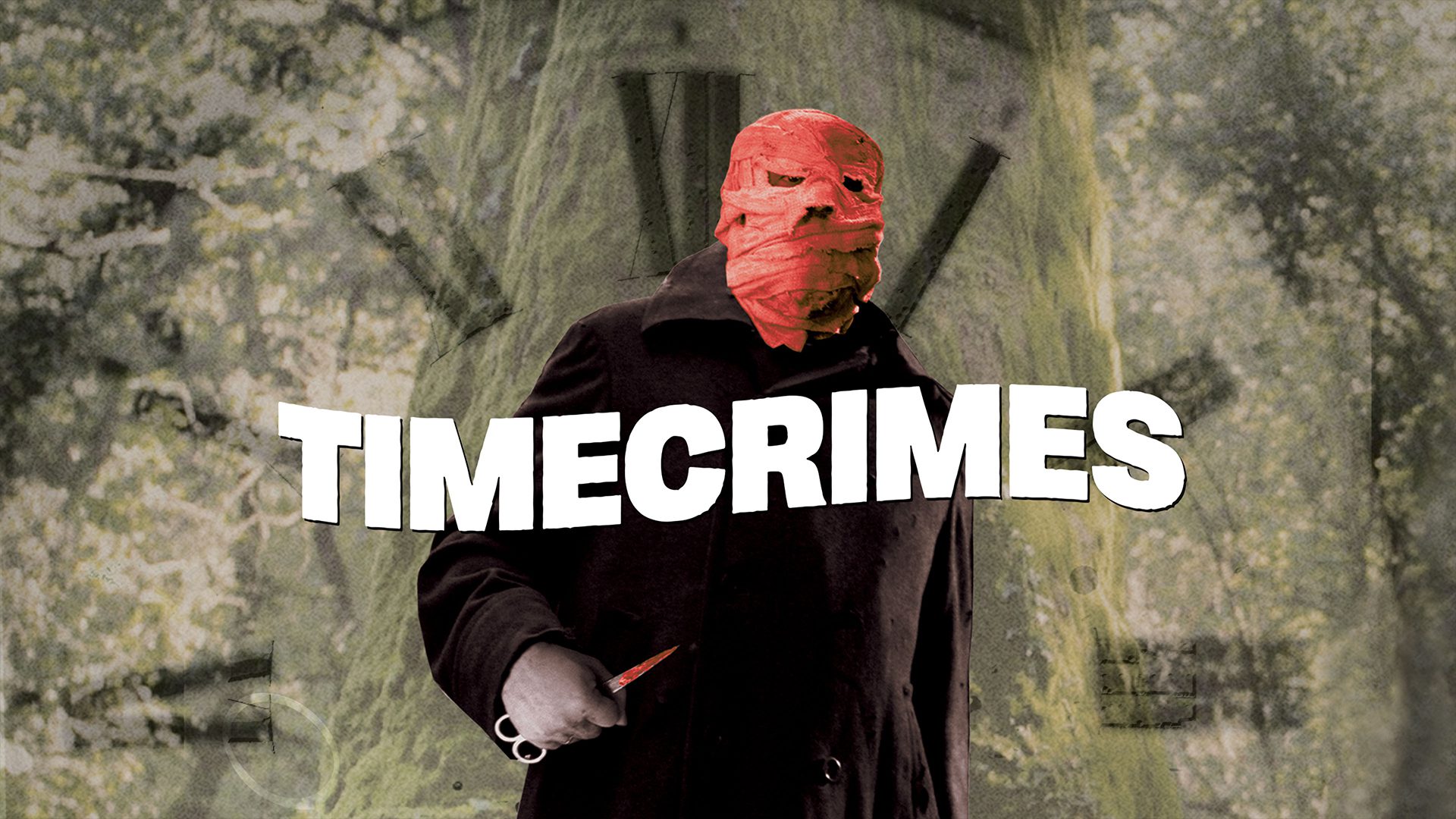
Spanish director Nacho Vigalondo transforms a simple premise into darkly comic nightmare logic. A man investigates mysterious figures in nearby woods, accidentally triggering a temporal loop that spans mere hours. Unlike epic time-travel sagas, this 92-minute film operates on intimate scale.
Each attempt to fix previous mistakes creates new problems. The protagonist becomes trapped in predetermined patterns, discovering that free will might be illusion. Vigalondo’s tight plotting eliminates escape hatches, forcing characters—and viewers—to confront the implications of deterministic universes.
7. The Lighthouse (2019)
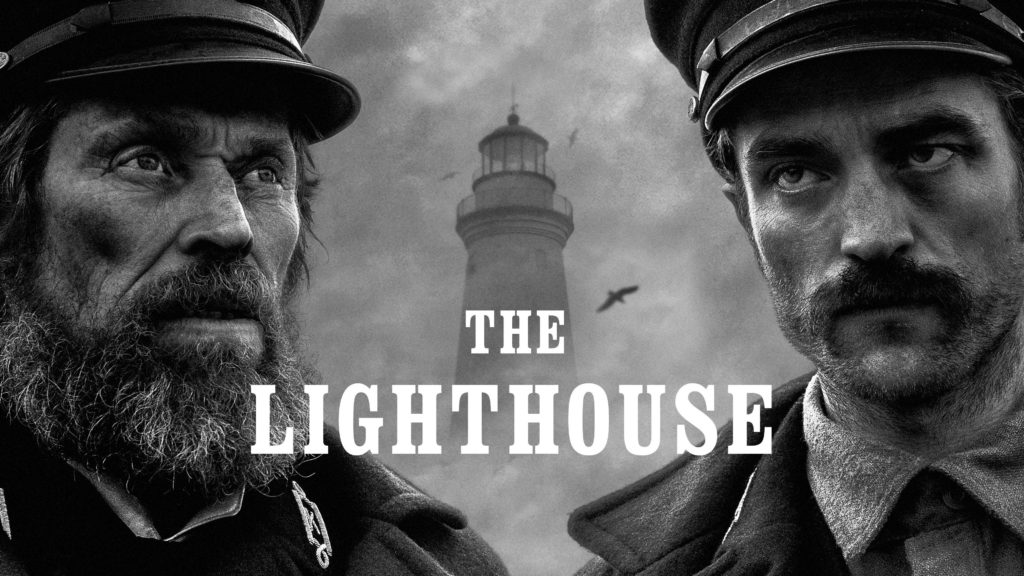
In The Lighthouse, Robert Pattinson and Willem Dafoe descend into madness as lighthouse keepers isolated on a remote 1890s island. Director Robert Eggers shot in black-and-white with vintage lenses and nearly square aspect ratio that enhances claustrophobia.
Psychological horror becomes increasingly surreal as mermaids, sea gods, and tentacled entities may or may not be hallucinations. The film’s ambiguity strengthens its impact—are we watching supernatural events or just two isolated minds breaking down?
6. Under the Skin (2013)

Scarlett Johansson plays an alien predator hunting men in Scotland. Director Jonathan Glazer filmed many scenes with hidden cameras and non-actors who didn’t know they were interacting with disguised movie star.
The result forces viewers to see humanity through alien perspective—beautiful, confusing, and ultimately tragic. Minimal dialogue and Mica Levi’s unsettling score create experience that’s more sensory than narrative. Glazer prioritizes atmosphere over conventional storytelling.
5. Dark City (1998)
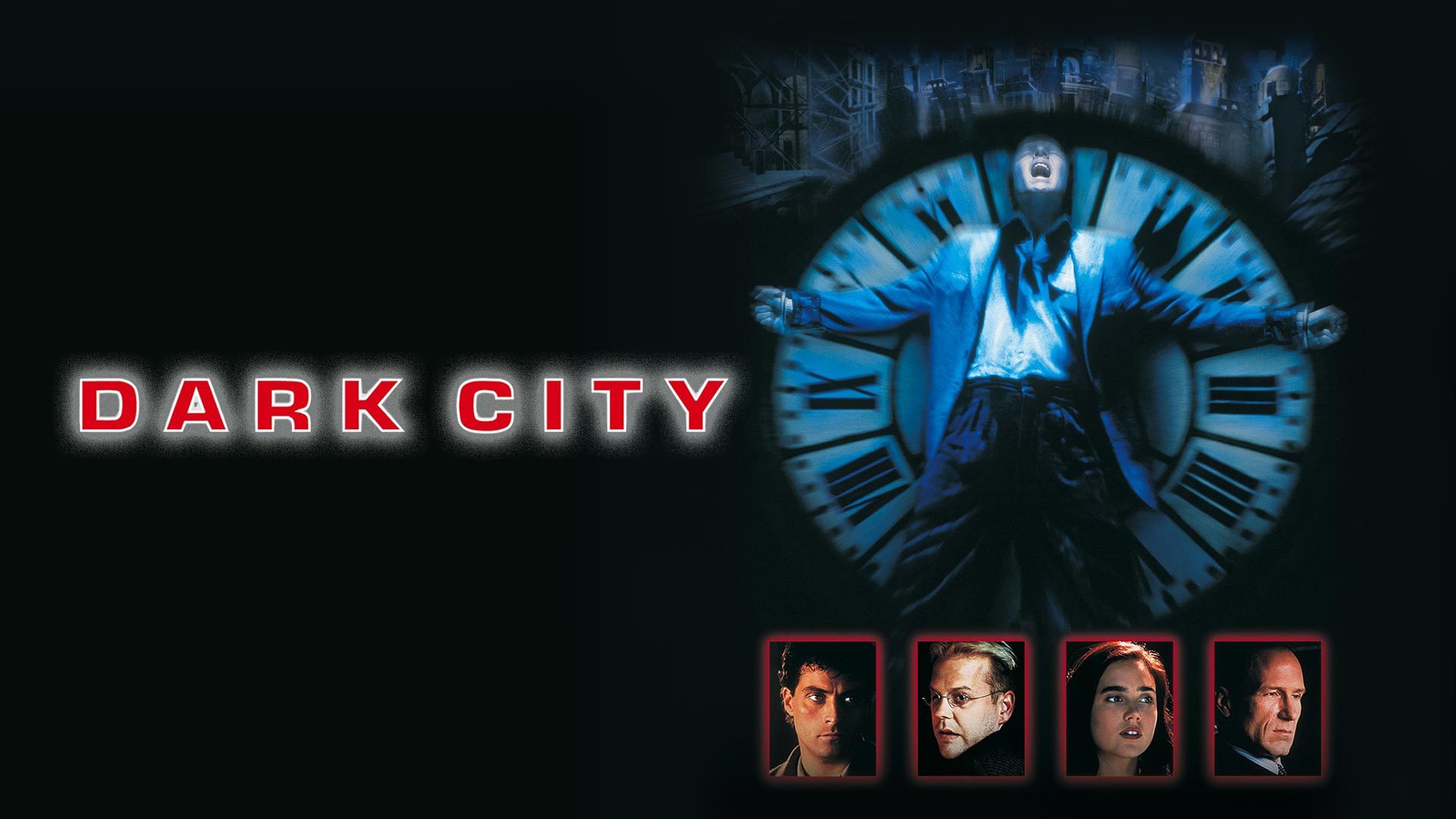
A man with amnesia discovers he’s living in a city perpetually shrouded in darkness, controlled by pale aliens who reconfigure the city and implant new memories each night. Alex Proyas created this noir-tinged sci-fi before The Matrix made similar questions mainstream.
The film’s exploration of identity, reality, and memory remains potent decades later. Practical sets and miniatures bring the shadowy metropolis to life with tangibility CGI can’t match. Proyas asks fundamental questions about consciousness and free will.
4. Annihilation (2018)
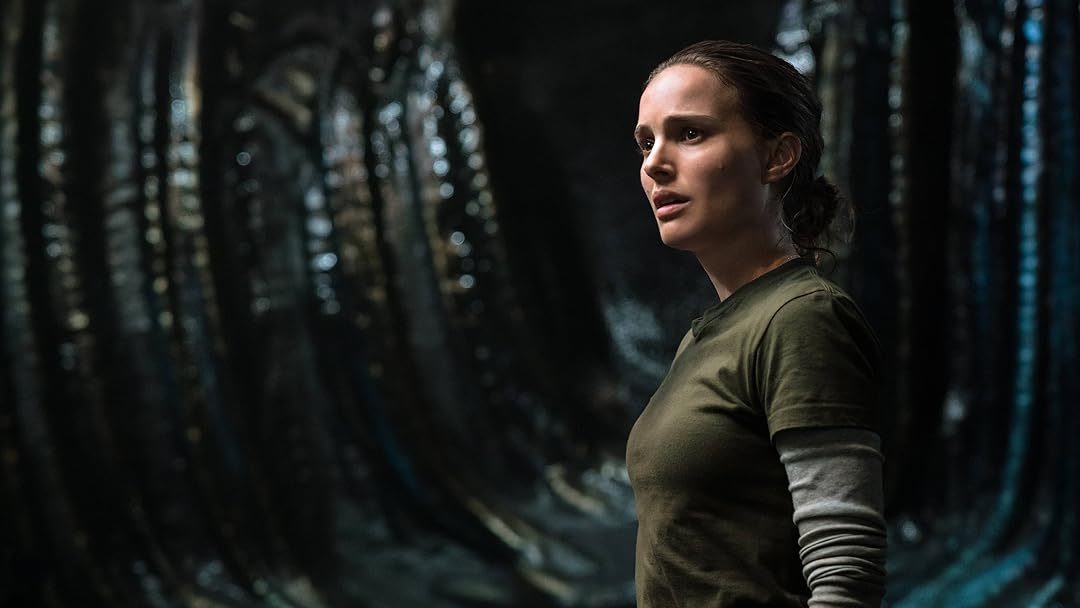
Natalie Portman leads a scientific expedition into “The Shimmer“—an expanding zone where alien presence rewrites natural laws. Alex Garland’s adaptation of Jeff VanderMeer’s novel delivers body horror and existential dread in equal measure.
The film refuses to explain its mysteries, mirroring themes of self-destruction as prerequisite for transformation. Garland creates one of cinema’s most unsettling dance sequences alongside mutations that defy biological logic. Each image suggests forces beyond human comprehension.
3. Primer (2004)
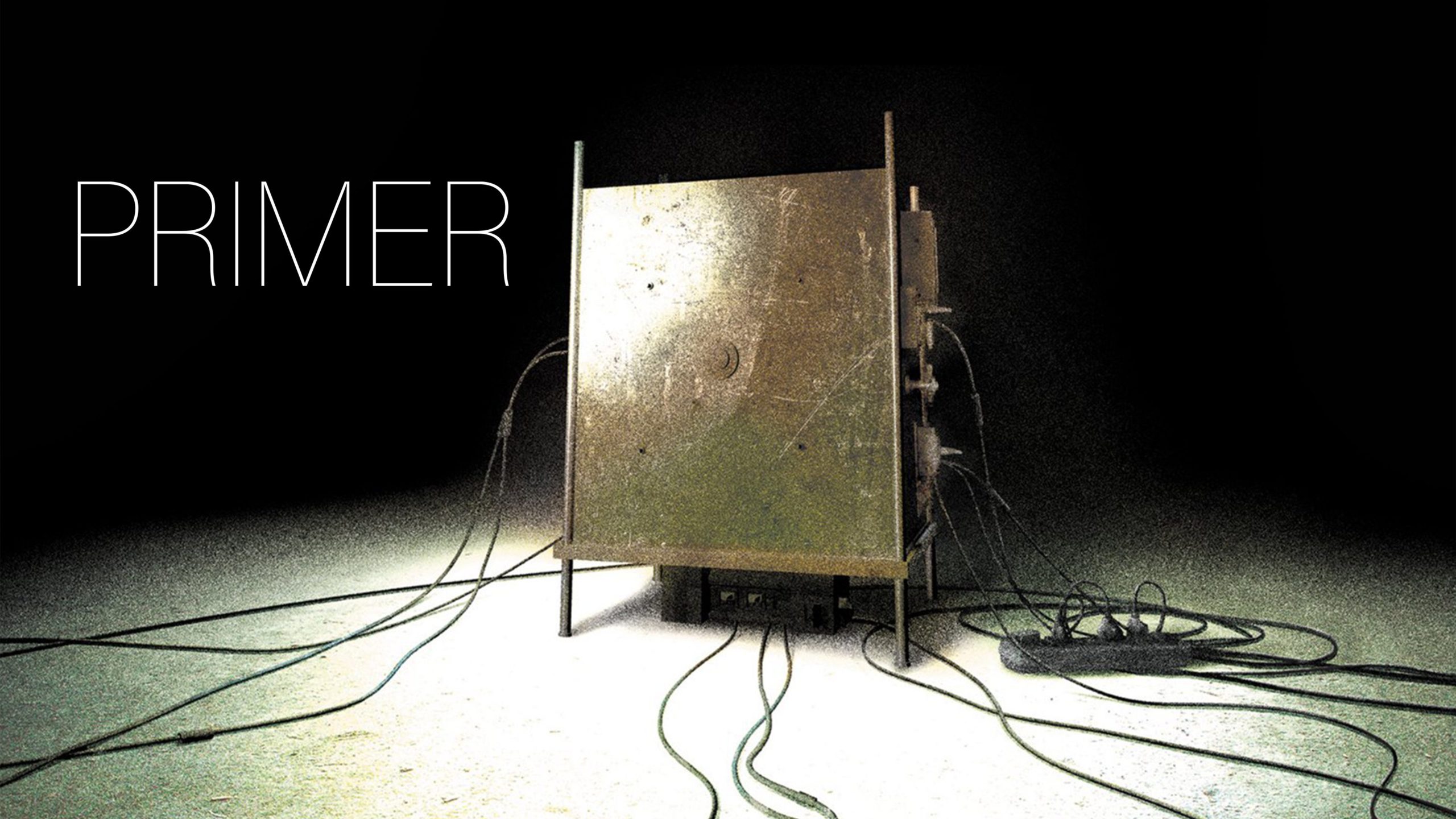
Two engineers accidentally discover time travel in their garage, transforming a $7,000 budget into cinema’s most complex temporal puzzle. Shane Carruth’s engineering background shows in every technical detail, from circuit diagrams to causality equations scrawled on whiteboards.
Multiple viewings become necessity rather than luxury. The film respects your intelligence while demanding total attention. Unlike Hollywood time-travel spectacles with convenient reset buttons, Primer traps characters in loops of their own making. Engineering degrees help, but obsessive note-taking works too.
2. The Endless (2017)
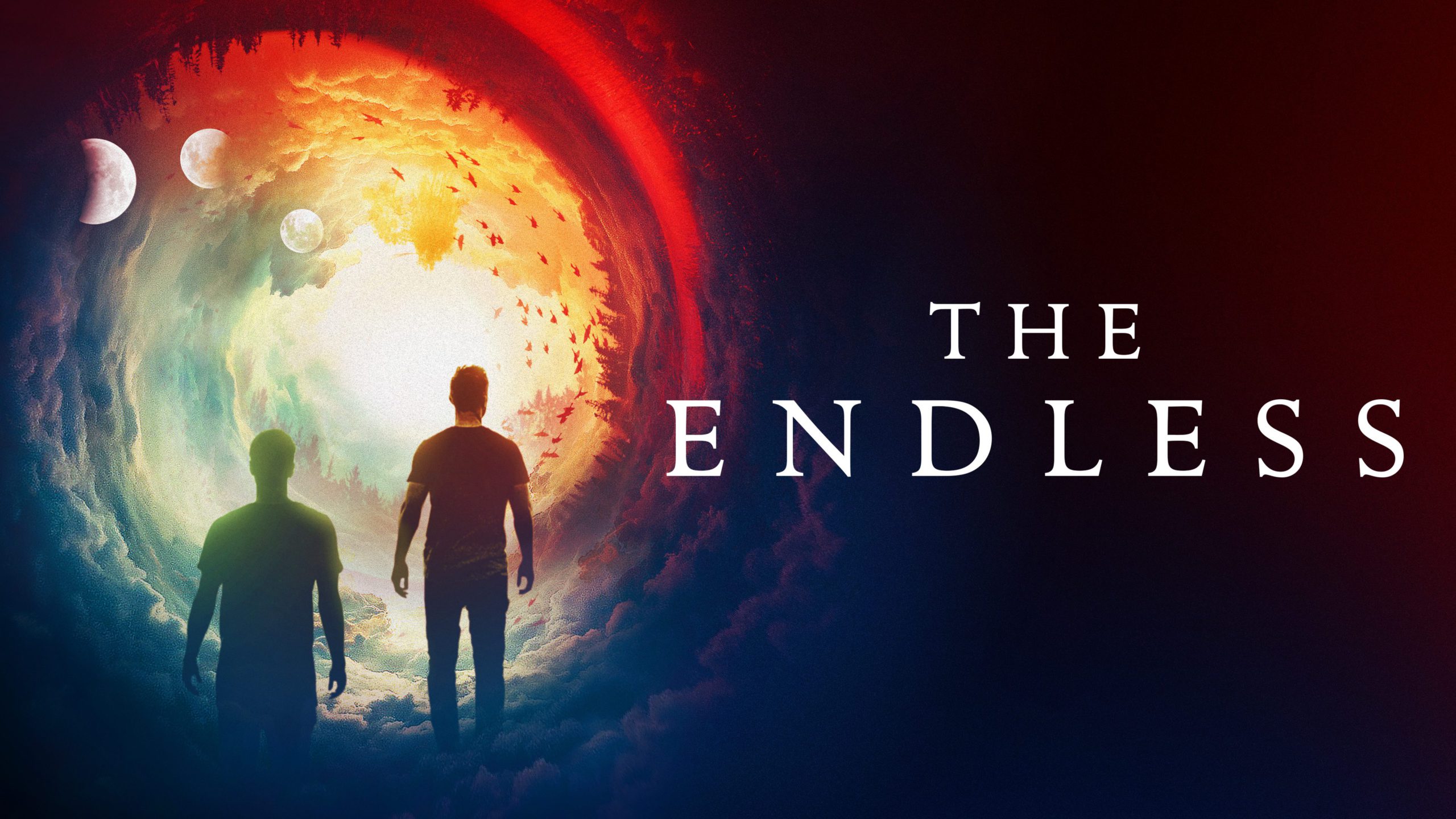
Two brothers escape a UFO death cult only to return years later, discovering something stranger than religious fanaticism. Directors Justin Benson and Aaron Moorhead cast themselves as leads in this cosmic horror meditation. Time loops nest within larger cycles, creating patterns that extend far beyond individual experience.
The film connects to their earlier work Resolution, building a shared universe of inexplicable phenomena. What appears supernatural might be something else entirely—forces that operate according to rules we’re not equipped to understand. The brothers’ journey becomes yours as comfortable assumptions dissolve.
1. Altered States (1980)

William Hurt uses sensory deprivation tanks and hallucinogenic drugs to explore “genetic memory,” eventually triggering physical devolution. Ken Russell’s adaptation of Paddy Chayefsky’s novel combines hard science with psychedelia and body horror.
Practical effects for Hurt’s transformations still disturb forty years later. The film questions consciousness while presenting visceral representations of evolutionary regression. Russell finds horror in scientific pursuit of transcendence.